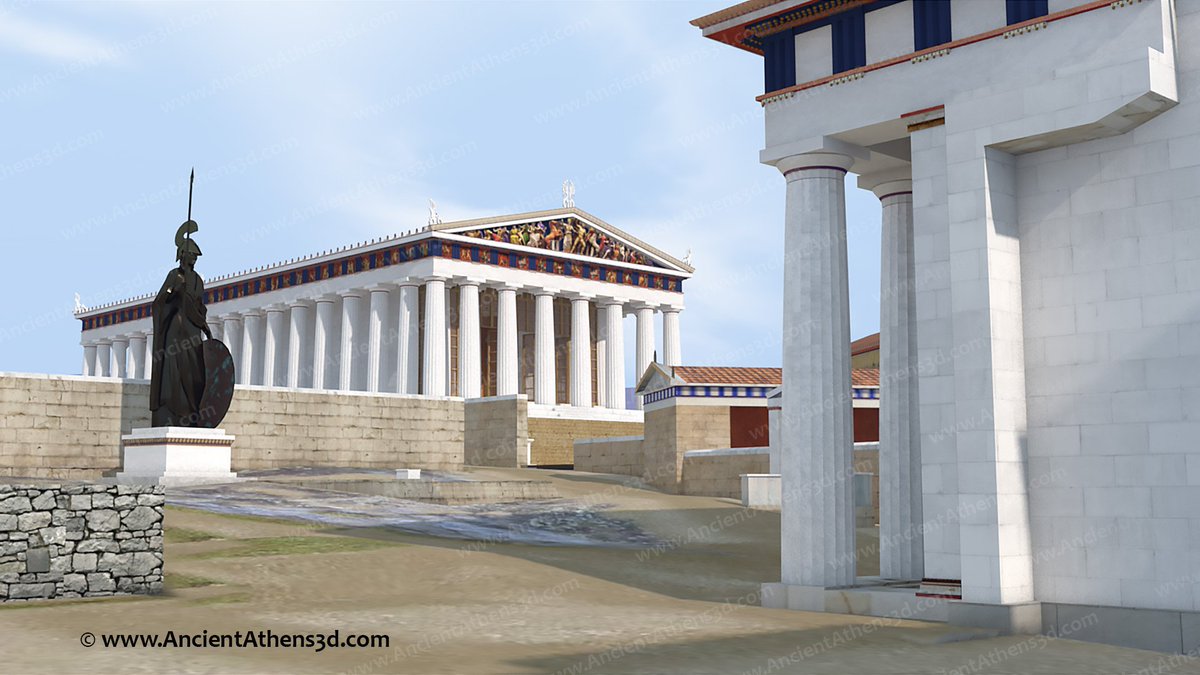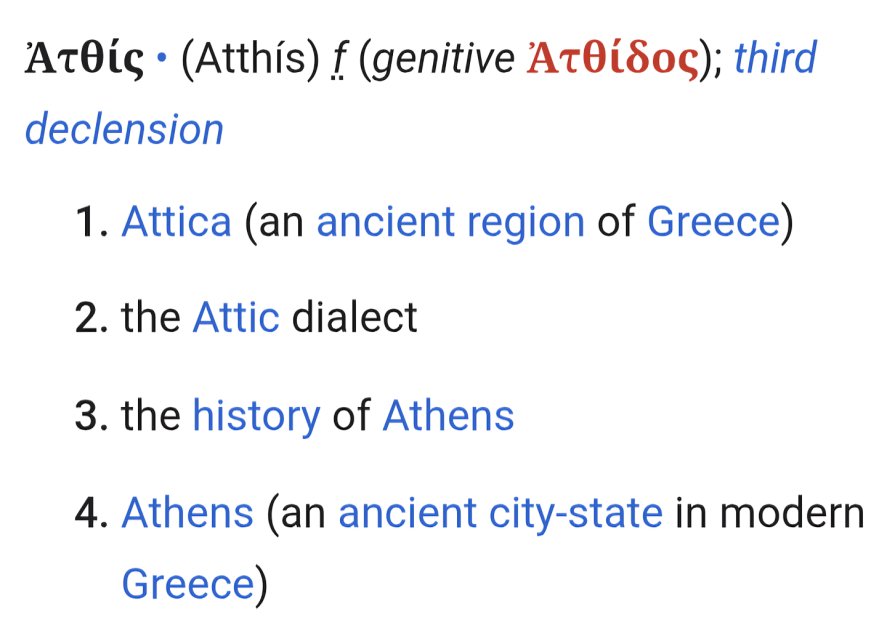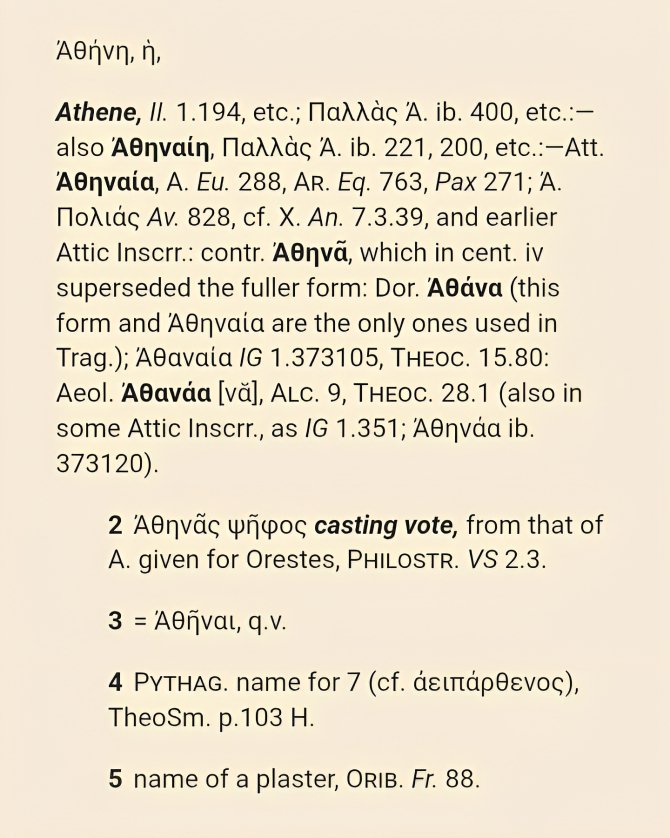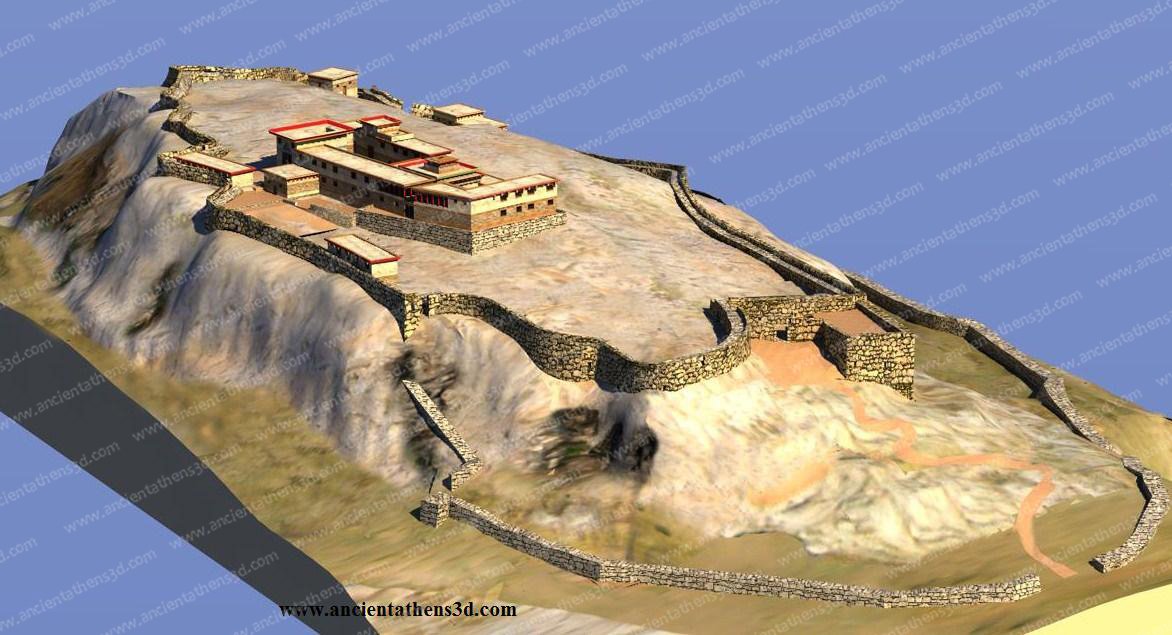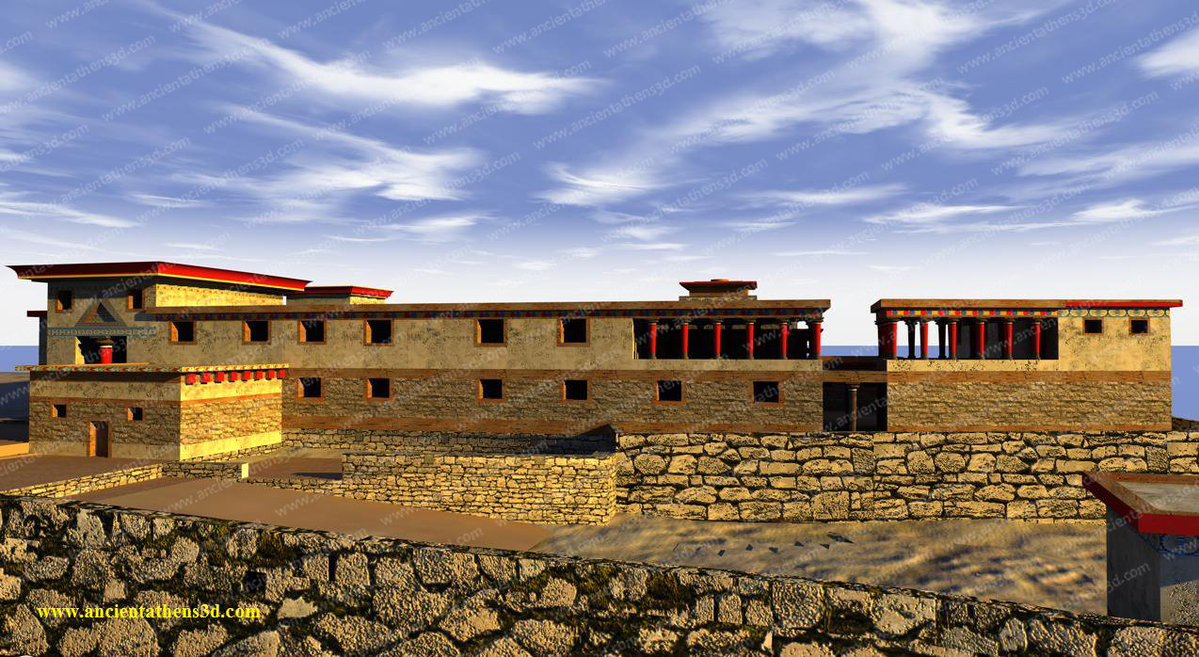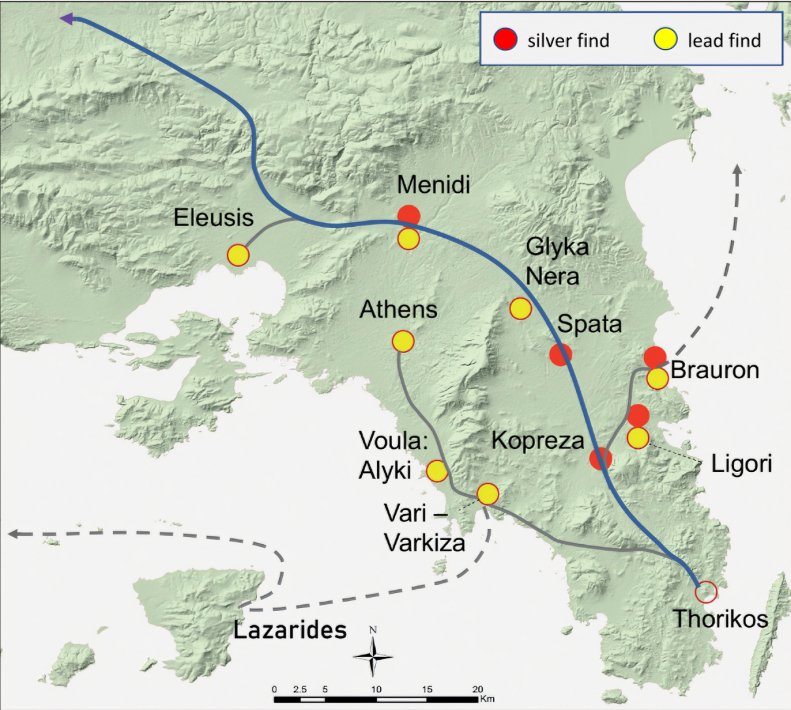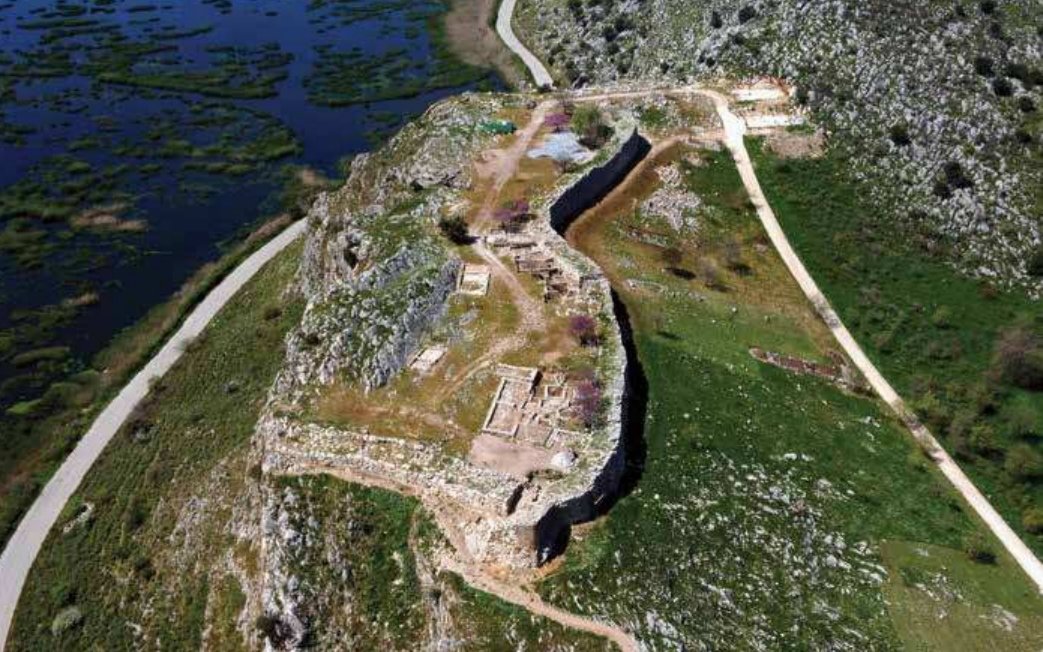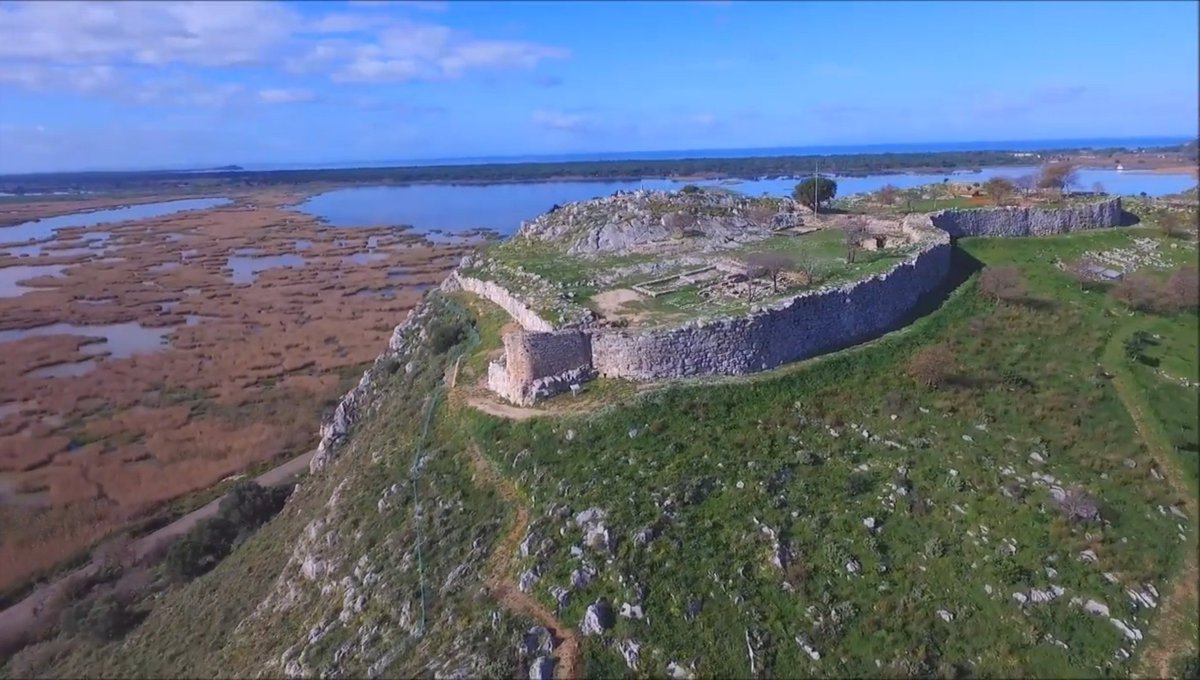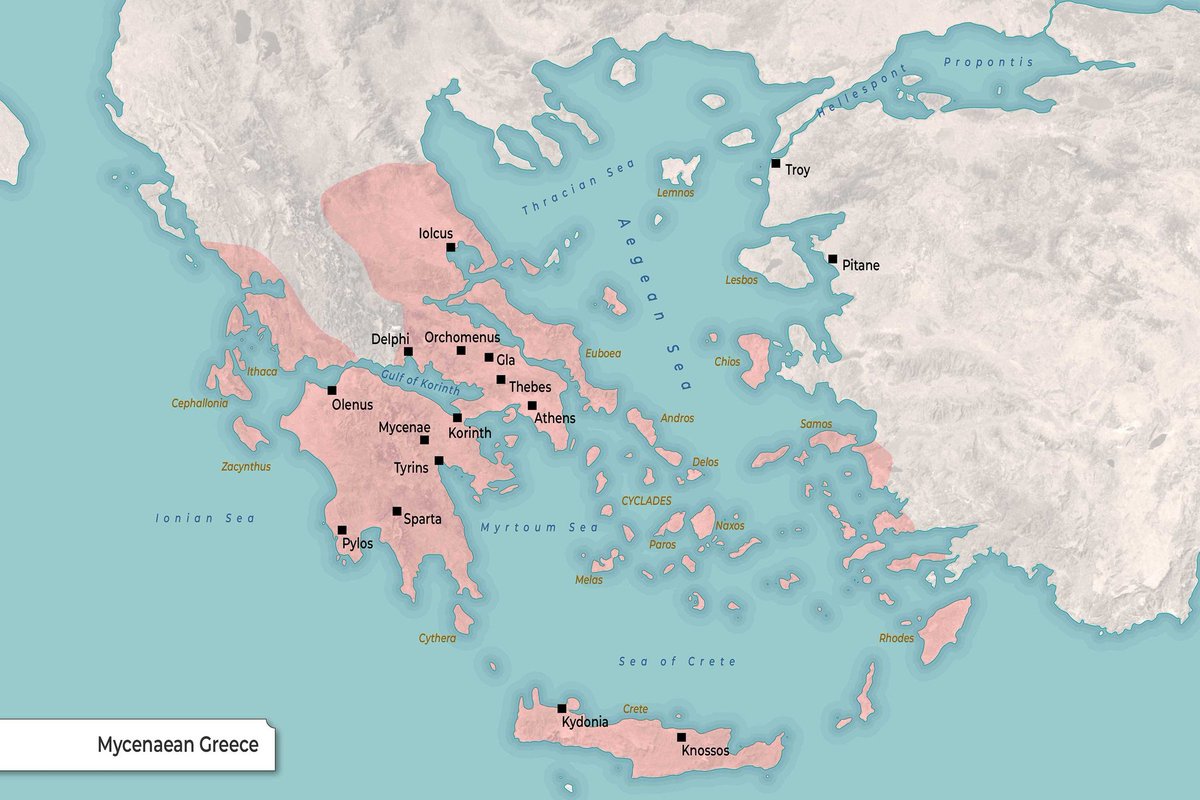1/ Rhaetic, like Etruscan, are two non-Indo-European languages, which were spoken in two neighboring regions, surrounded by Indo-European Celtic and Italic languages. Together with Lemnian, they belong to the same linguistic family called Tyrrhenic.
#Rhaetians
#Rhaetians

2/ The study of epigraphic texts of the three languages has demonstrated that they share common features in phonology, morphology and syntax. Their lexical correspondences are rare, which is probably due to a very early separation from the common protolanguage. 

3/The Rhaetic language was spoken in the alpine regions of northern Italy, in the Engadin valley (Switzerland) and Tyrol (Austria), while in recent years Rhaetic inscriptions have even been found in the Bavarian Alps. The epigraphic corpus amounts to approximately 350 documents👉 

👉 and dates between the 5th and 1st centuries BC. However, this archive is very small and fragmentary, with the inscriptions containing words of a few letters and without separation between the words. Nevertheless, the main characteristic of non-Indo-European languages 👉 

👉 is attested: the agglutination of the morphemes. Another element is the fact that the Rhaetian inscriptions are written in various locally archaic Italic alphabets. All of the above results in the lack of understanding of this language to a large extent. 

4/ In these areas, various local cultures flourished, most notably Fritzens-Sanzeno, whose representatives are closely associated with the speakers of Rhaetic. Influences from neighboring Celtic, Etruscan and Venetic regions are evident in all cultural aspects of the Rhaetians. 

5/The Rhaetians were characterized by Roman writers as a wild and warlike people, divided into various tribes, which controlled the important passes of the Alps. The Rhaetians imposed tolls and very often were attacking trade caravans crossing the Alps. However,in earlier times👉 

👉the Rhaetians had good relations with the Etruscans,had close trade contacts with them and were particularly influenced by Etruscan culture. The Etruscans seem to have been particularly interested in markets beyond the Alps and the Rhaetians constituted a suitable intermediary. 

6/Also, the areas of the Rhaetians were rich in minerals. Initially,copper ores were mined,but from the 8th century BC the Rhaetians experienced great prosperity from the rich iron mines. Νevertheless, the Rhaetians were mostly farmers,producing excellent wine and dairy products. 

7/ The ancient sources had dealt with the origin of the Rhaetians, citing various versions: common ancestry with the Etruscans of the Po, a Venetic religious group that worshipped the local female deity Reitia. However, modern studies promote the idea that they were indigenous. 

8/ In conclusion, the scientists have concluded that Rhaetic is the oldest surviving form of Tyrrhenian. Etruscan differs from Rhaetic in that it includes many later innovations, which came from the contact with neighbour Indo-European languages. 👉 

👉 At the same time, genetic studies has shown that both the Rhaetians and the Etruscans shared a common Neolithic origin and do not appear to have been immigrants from Anatolia. The separation of Rhaetians and Etruscans is believed to have occurred during the Eneolithic. 

• • •
Missing some Tweet in this thread? You can try to
force a refresh





